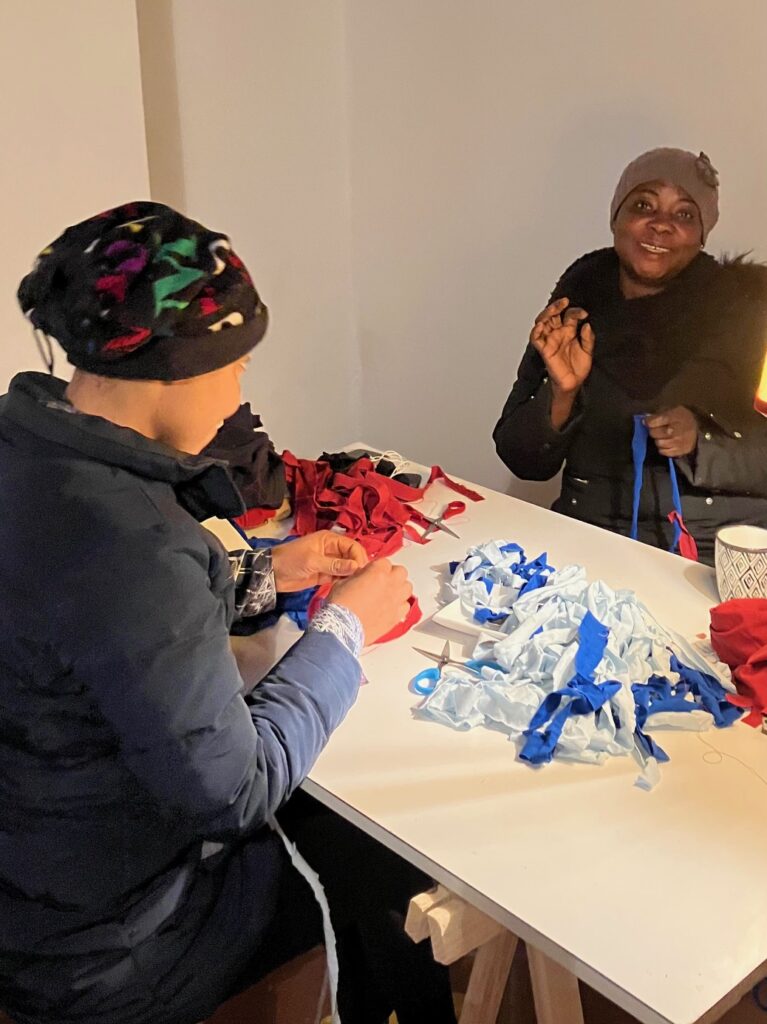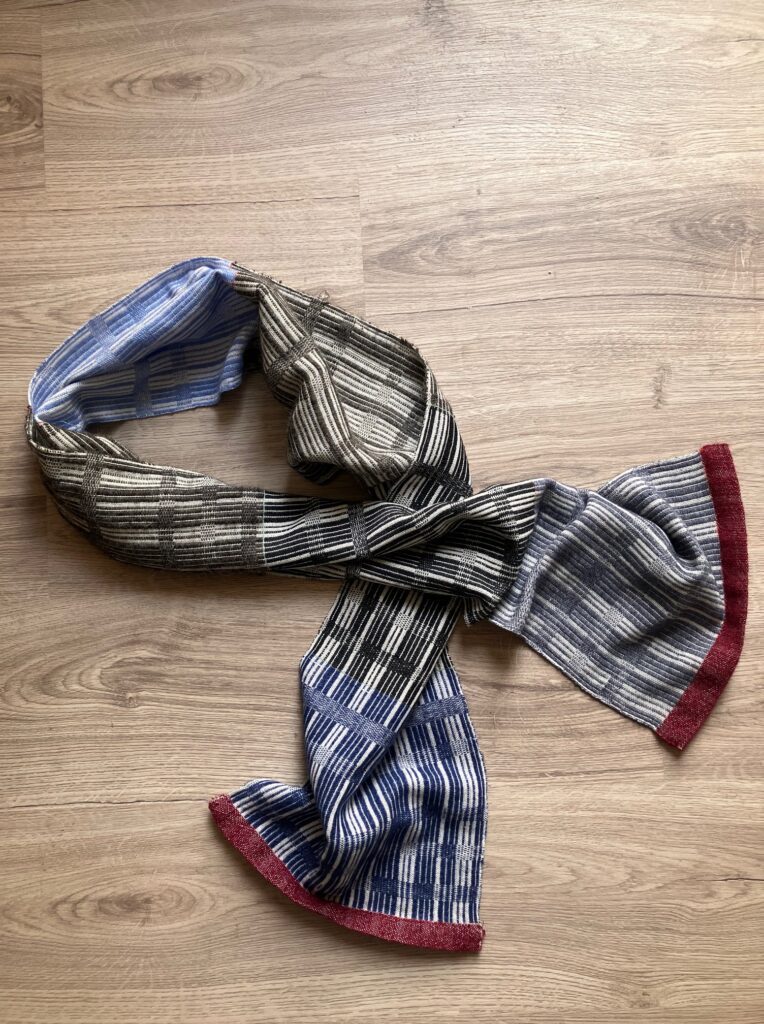Story
I believe in utopian ideas. For decades I studied them and wrote about them as an art historian and college professor specializing in Nineteenth- century art and art writing (PhD Boston University, 2000). With a particular focus on the various dreamer-reformers who envisioned a world where beauty and dignified labor were for everyone, I contemplated how those artists heaped impossible burdens on art, decoration, craft, and applied art.
But I also learned that the utopian dream remains a valid call to action. It expresses a belief in better ways of living, working, andconsuming that respect human and environmental integrity and well-being. It expresses a hope that such can be realized, however limitedthe results might be.
As my professor’s robes became increasingly ill-fitting, I reached for the smock and sabot of the artisan always handy at the back of my closet. I set up my weaving loom in a proper studio and founded Tessitura Ponzianina in 2022.
The project was designed to keep traditional hand weaving alive in the formerly artisanal neighborhood of Via Ponzianina in Spoleto, Italy. It was also meant to give the old craft a new ecological twist—to weave textiles that resisted the damaging model of the fashion industry. The goal was to make new cloth from old textiles with zero environmental impact, and to base everything on neighborhood collaboration and inclusion.



I began to weave only collaborative cloth: The studio functioned as a collection point for cast-off clothing in the neighborhood. The neighbors’ old clothes were cut into strips or unraveled and rewoundinto useable yarn by migrant women unable to find work in the community and in need of temporary jobs. I then wove the recovered yarn and the fabric strips into fine cloth or rough rag rugs, depending on the material at hand.
A bit like found objects, my textiles began to be rooted in chance, bound to the resources found in the community. The colors, the fiber content and weight of the yarns depended on what the neighbors brought. The resulting cloth represents a collaborative, unpredictable improvisation.

